The easiest and most obvious way to feed carnivorous plants is to let them do what they’re designed for and that’s to catch bugs! But what if your carnivorous plants are indoors and don’t have a chance to take part in the bug buffet outside or you don’t have time to collect bugs for them? In this article, we’ll cover some alternative food sources safe for many types of carnivorous plants so they don’t miss out on important nutrients.
Alternative food sources
Fish Flakes & Crushed Pellets
Fish flakes or crushed pellets are a great alternative to bugs for carnivorous plants. They contain several nutrients that can be easily absorbed by the plant. We have used both TetraFin Goldfish Flakes and TetraFin Floating Pellets (crushed) with good success.
Bloodworms
Freeze dried Bloodworms are another good food source for carnivorous plants and they may even boost disease resistance. Bloodworms contain a polymer called chitin in their exoskeletons; a polymer also found in the cell walls of fungi. Carnivorous plants (along with most plants) have the ability to detect chitin fragments from fungal infections, triggering a defense mechanism that protects the plant. The extra chitin in bloodworms helps activate the plants defenses without introducing actual fungus. This immunity can be important for helping prevent infections in plants like Mexican Pinguicula (Butterworts) which are prone to browning heart disease.
Fertilizer
Fertilizers like Maxsea and Oscomote are another option for carnivorous plants, but use them sparingly. Sarracenia and Heliamphora both appreciate small amounts of fertilizer in their soil or pitchers and often Nepenthes can benefit from pitcher-fed fertilizer. If you notice pitcher or leaf burn, this is a sign the fertilizer may be too strong and needs to be diluted further.
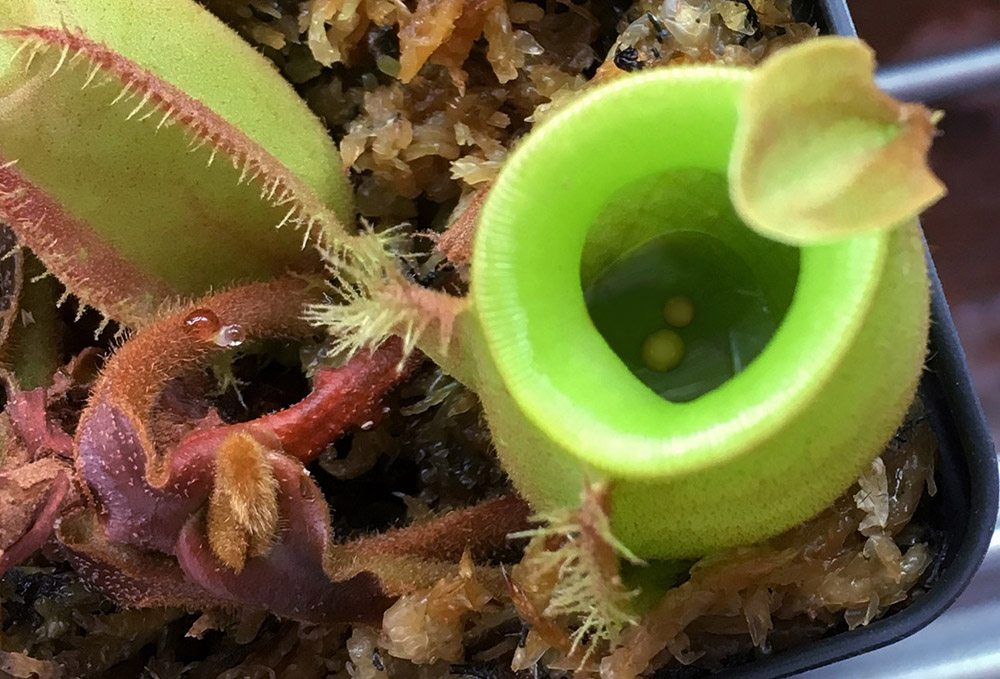
Fertilizer in a Nepenthes pitcher
The ICPS has some good information on using fertilizer for Heliamphora and Sarracenia.
The Carnivore Girl also has a great article that explores fertilizer for carnivorous plants in more depth.
Carnivorous plants and meat
Despite the name, carnivorous plants rarely eat meat in the wild. (Except for some Nepenthes which have been known to snack on rodents). While meat contains some of the nutrients carnivorous plants need, it also invites harmful bacteria to start growing, so it’s usually best to stick with one of the food sources mentioned above.
Now who’s hungry?
This article covered several alternatives when it comes to feeding carnivorous plants. Hopefully you found it useful but please check out some of the linked resources throughout the article for more specifics. Also visit our guide; How To Feed Carnivorous Plants, for an overview of feeding techniques. Thanks for reading!

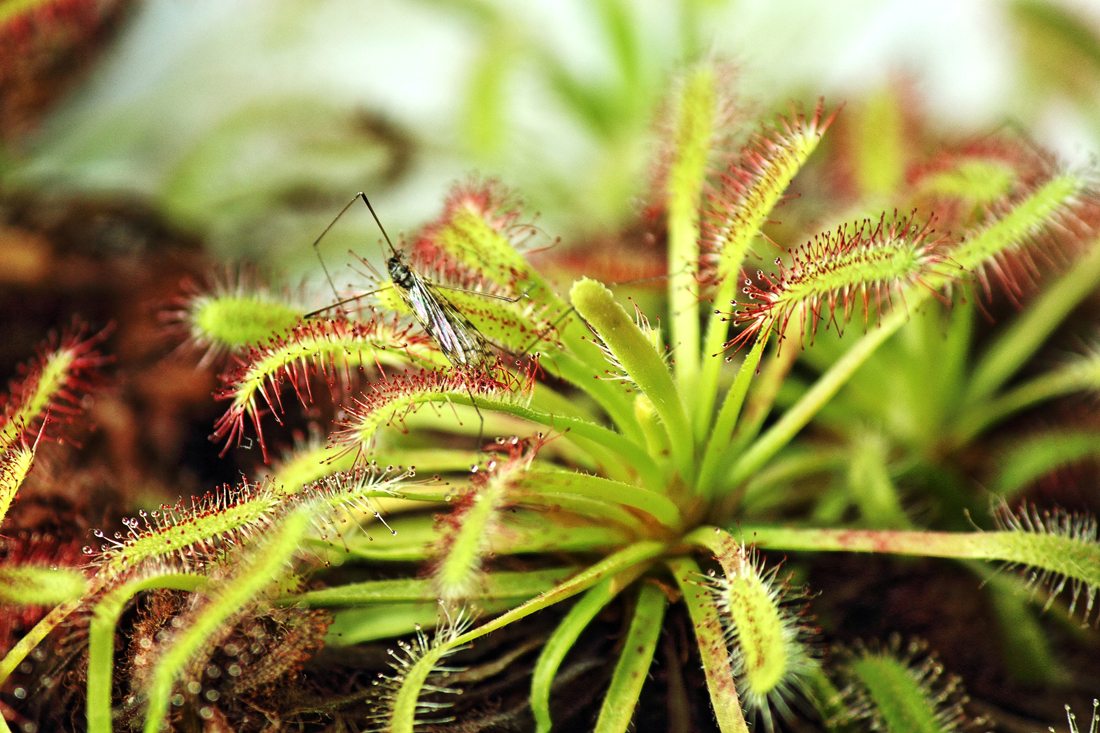
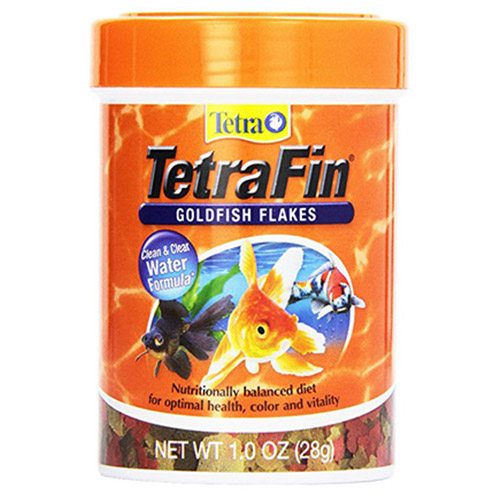

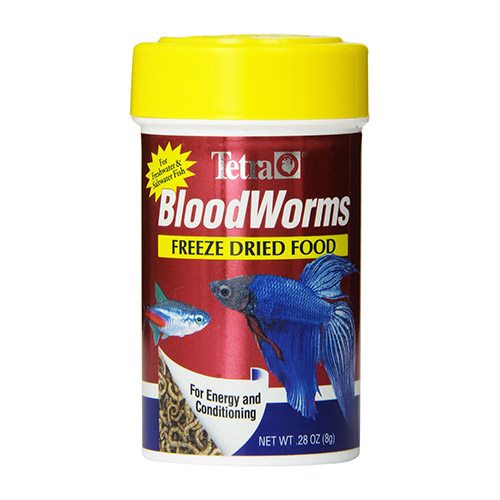

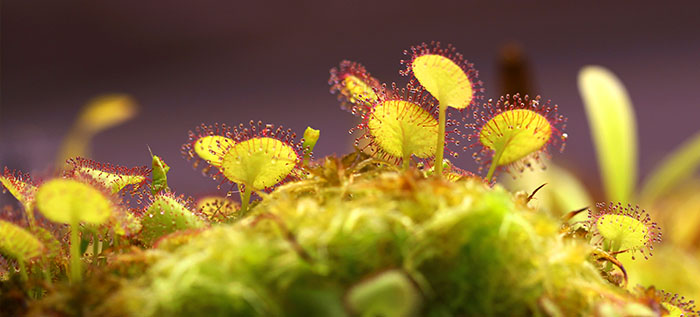
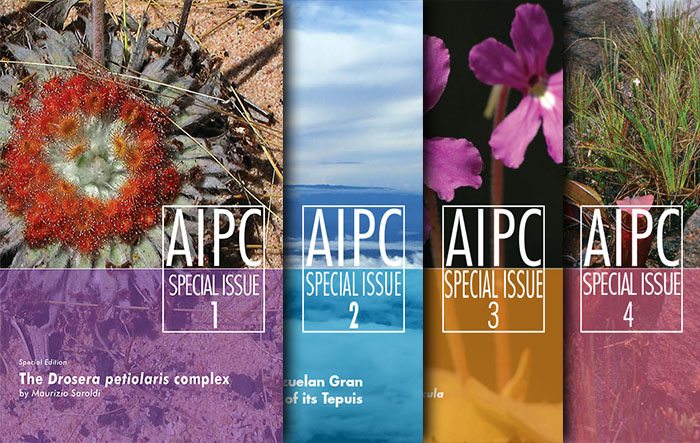
I just bought my first Venus Flytrap an wonder if dried mealworms can be fed to it
Hi Steve, yes dried mealworms are ok to feed Venus flytraps!
So now I know that I can feed my pitcher plant fish flakes, but how much should I give them?
Hi Sue, the quantity depends on the size and type of pitcher but generally one or two flecks is ok to start with for a mature pitcher. After feeding, it’s good to observe the pitcher for a few days afterward to ensure burning or mold doesn’t become an issue. Based on this, some of the food can either be removed if necessary or the quantity increased slowly for subsequent feedings if the pitchers seem to be handling it well.
How do we use the dried bloodworms though? Do we sprinkle it on or make a paste?
Hi Justine, sprinkling them dry or making a paste will both work. We have another article that covers some of the various methods here: https://curiousplant.com/how-to-feed-carnivorous-plants/
Can I feed my sareacenia ants?
Yes ants are ok to feed them :)
Thanks helped a lot
Maureen
Thanks. Very helpful. I save it.
Glad to hear, thanks Kevin!
Just bought A Drosera Omissa X Pulchela and purchused the Dry Blood Worms product ?! Hoping this wprkout well !
I’m sure it will love them!
What can I feed my picture plant as they are still very young
Hi Amy, betta fish flakes and bloodworms can still work for feeding young pitchers although they may need to be ground up first and fed using an eyedropper. You can see an example of this in the pitcher plant section of our other article: https://curiousplant.com/how-to-feed-carnivorous-plants/